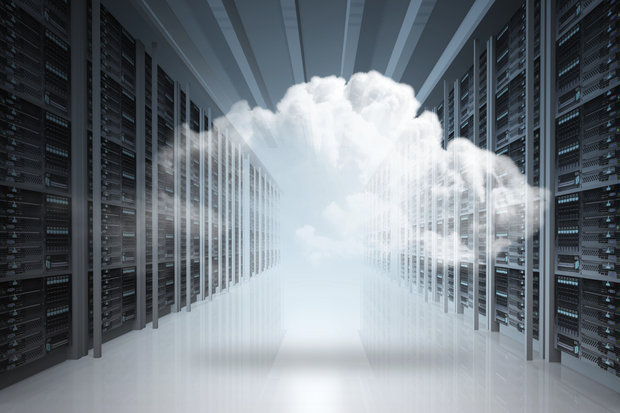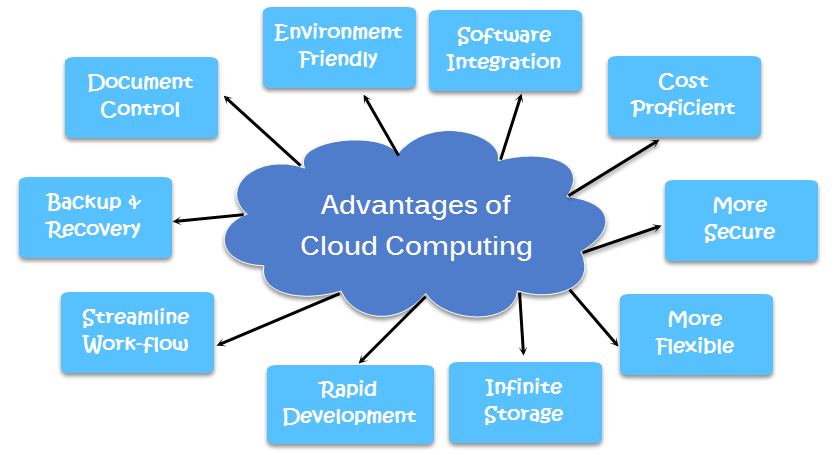In the past, traditional data centers were mainly established by hardware and physical servers. However, the data storage is limited to the physical restriction of space. Network expansion became a headache for IT managers. Gladly, virtualized data center with cloud computing service has emerged and continued to be the trend since 2003. More and more data center technicians adopt it as a cost-effective solution to achieve higher bandwidth performance. This post will help you to have a better understanding of cloud computing in data center.

Cloud computing service is not restricted to one data center. It may includes multiple data centers scattered around the world. Unlike the traditional data center architecture where the network users owned, maintained, and operated their own network infrastructure, server rooms, data servers, and applications, cloud data center is providing business applications online that are accessed from web browsers, while the software and data are stored on the servers or SAN devices. Thus, applications using cloud-based computing are running on servers instead of local laptop or desktop computer. There is no need for users to know the position of data center and no need for experts to operate or maintain the resources in the cloud. Knowing the way to connect to the resources is enough for the clients.
Cloud computing brings many great changes for data center networking. Here lists some key benefits of cloud computing.
- Flexibility – Cloud computing has the ability to update hardware and software quickly to adhere to customer demands and updates in technology.
- Reliability – Many cloud providers replicate their server environments in multiply data centers around the globe, which accounts for business continuity and disaster recovery.
- Scalability – Multiply resources load balance peak load capacity and utilization across multiply hardware platforms in different locations.
- Location and hardware independence – Users can access application from a web browser connected anywhere on the internet.
- Simple maintenance – Centralized applications are much easier to maintain than their distributed counter parts. All updates and changes are made in one centralized server instead of on each user’s computer.

Cost is always an important concern for data center building. One reason why cloud computing is so popular among data centers is because its cost is much lower than the same service provided by traditional data centers. Generally, the number of cost mainly depends on the size, location and application of a data center.
Traditional data center is more complicated by running a lot of different applications, but this has also increased the workloads and most applications are only used by few employees making it less cost-effective. 42 percent of the money is spent on hardware, software, disaster recovery arrangements, uninterrupted power supplies, and networking, and 58 percent for heating, air conditioning, property and sales taxes, and labor costs. While cloud data center is performing the service in a different way and saves the cost for servers, infrastructure, power and networking. Less money is wasted for extra maintenance and more for cloud computing, which greatly raises the working efficiency.
Data security is always essential to data centers. Centralization of sensitive data in cloud computing service improves security by removing data from the users’ computers. Cloud providers also have the staff resources to maintain all the latest security features to help protect data. Many large providers will safeguard data security in cloud computing by operating multiple data centers with data replicated across facilities.
Cloud computing service has greatly enhanced the high performance of data centers by reducing the need for maintenance and improving the ability of productivity. More data centers are turning into cloud-based these days. It is definitely an efficient way to provide quality data service with cloud technology.
